Introduction: What İs Saffron And Why İs İt Popular?
Saffron is a spice that is commonly used in various dishes around the world. It comes from the flower of the Crocus sativus plant, which is native to Southwest Asia. The thread-like red stigma of the flower is harvested and dried to create saffron. This spice is known for its distinct flavor, aroma, and color, as well as its many health and beauty benefits. But what makes saffron so popular and sought-after?
Saffron has been used for thousands of years, both as a spice and as a medicinal herb. It was highly prized by ancient civilizations such as the Greeks, Romans, and Egyptians, and was even used as a form of currency in some regions. Saffron also has a deep cultural significance in many countries, and is a part of numerous traditional dishes and ceremonies.
One of the reasons saffron is so popular is because of its unique flavor and aroma. It has a subtle, earthy taste with floral and honey notes, and is often used to enhance the flavor of dishes such as paella, risotto, and biryani. Saffron also adds a distinctive yellow-orange color to dishes, which can make them more visually appealing.
- Another reason saffron is popular is because of its numerous health benefits.
- Saffron is believed to help improve mood and reduce anxiety, making it a natural remedy for depression and stress.
- Saffron may also help improve memory and cognitive function, making it a popular supplement for students and professionals.
- Saffron has anti-inflammatory properties and can help reduce symptoms of chronic diseases such as arthritis, asthma, and heart disease.
When it comes to beauty, saffron is also highly prized for its skin and hair benefits. It is a natural skin brightener and lightener, and can help reduce the appearance of dark spots and hyperpigmentation. Saffron also has antibacterial properties, making it a great ingredient for acne-prone skin.
| In summary, here are some of the reasons why saffron is so popular: | ||
|---|---|---|
| 1. Unique flavor and aroma | 2. Visual appeal | 3. Health benefits |
| 4. Skin and hair benefits | 5. Cultural significance | 6. Versatility in the kitchen |
Overall, saffron is a versatile and healthy spice that has been cherished for centuries for its many useful properties. In the following sections, we will explore in greater detail some of the ways saffron can improve our lives.
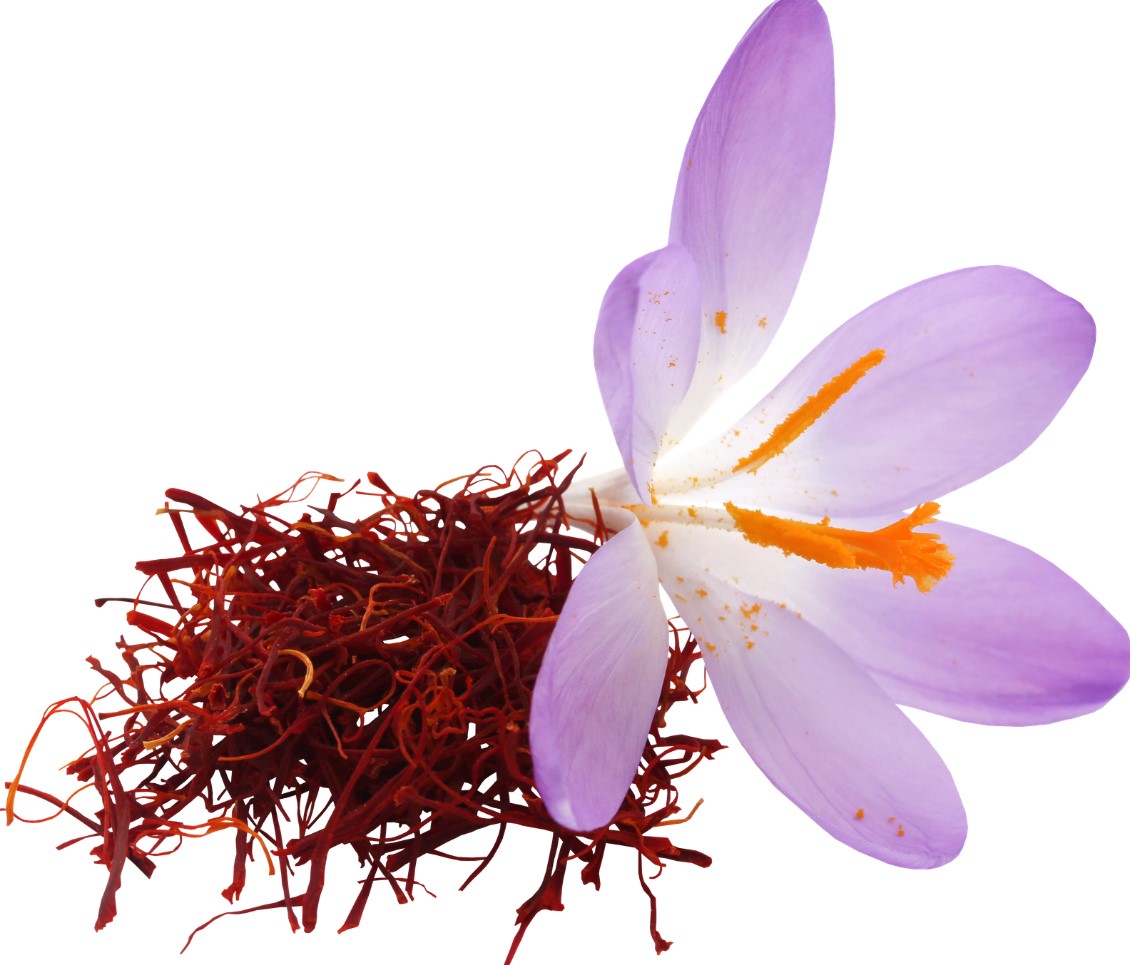
Health Benefits 1: Saffron Helps Improve Mood And Reduce Anxiety
Saffron, also known as “red gold” due to its high price, is a spice derived from the flower Crocus sativus. Saffron is popular for its distinct flavor, aroma, and unique golden color. It has been used for centuries in traditional and modern medicine for its therapeutic properties. One of the most notable benefits of saffron is its ability to improve mood and reduce anxiety.
Saffron contains several bioactive compounds, including crocin, crocetin, and safranal, which have been found to have anti-inflammatory and antioxidant properties. These compounds are also thought to be responsible for saffron’s mood-enhancing effects.
Studies have shown that saffron supplementation can improve symptoms of depression and anxiety. In one study, individuals with mild-to-moderate depression were given a saffron extract or a placebo for six weeks. Those who received the saffron extract showed significant improvements in their symptoms compared to those who received the placebo.
- Saffron can help stabilize mood and reduce anxiety.
- Its compounds have anti-inflammatory and antioxidant properties.
- Studies have shown saffron supplementation can improve symptoms of depression.
Saffron also has potential as a natural alternative to conventional antidepressants. Unlike prescription antidepressants, saffron has little to no side effects and is generally well-tolerated. However, it is important to consult a healthcare professional before starting a new supplement, especially if you are currently taking medication.
In addition to its mood-enhancing effects, saffron has been attributed to other health benefits such as improving memory and reducing symptoms of PMS. The versatility of this spice makes it a valuable addition to any dietary regimen.
Health Benefits 2: Saffron May Help Improve Memory
Saffron is a popular spice that has been used for centuries due to its various health benefits. One of the most interesting benefits of saffron is its ability to improve memory. Many studies have shown that saffron can enhance cognitive functions by affecting neurotransmitters in the brain.
These neurotransmitters are responsible for transmitting signals between nerve cells, and saffron can help to increase the amount of these neurotransmitters in the brain. This can then lead to improved memory and learning abilities.
One study found that adults who consumed saffron supplements for 22 weeks showed significant improvements in their memory and cognitive function. The study also found that saffron can help to protect the brain from oxidative stress, which can lead to damage and cognitive decline over time.
- Memory Improvement: Saffron can help to increase neurotransmitters in the brain, leading to improved memory and cognitive function.
- Cognitive Protection: Saffron can help to protect the brain from oxidative stress, which can lead to damage and cognitive decline over time.
- Supplementary Benefits: Supplements containing saffron have been shown to improve memory and cognitive function in adults.
In addition to its memory-enhancing properties, saffron has numerous other health benefits. It has been shown to reduce symptoms of depression and anxiety, promote hair growth, and even brighten and lighten the skin. With all of these benefits, it’s no wonder that saffron has become such a popular spice around the world.
So, if you’re looking to boost your memory and cognitive function, consider adding saffron to your diet. You can find it in supplement form, or in various dishes like rice, paella, and even desserts. Try incorporating saffron into your meals today and experience the many health benefits that this versatile spice has to offer.
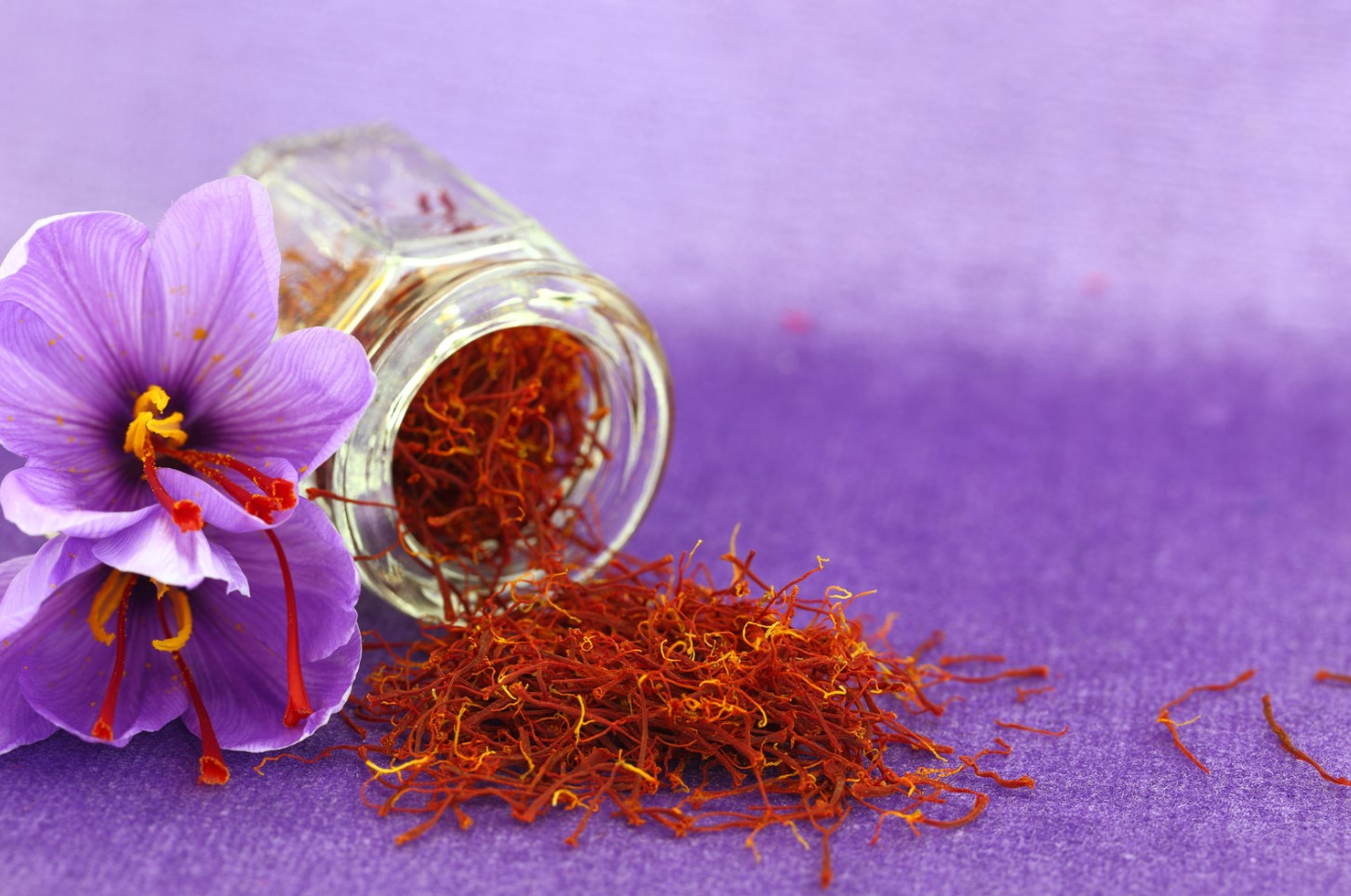
Health Benefits 3: Saffron Can Help Reduce Symptoms Of Depression
Saffron, also known as the “golden spice,” is one of the most expensive and sought-after spices in the world. The spice comes from the stigma of the saffron crocus flower and is harvested by hand. Saffron has been used for centuries for its medicinal properties and is commonly used as a flavoring agent in dishes. However, saffron also offers numerous health benefits. One of the most notable health benefits of saffron is its ability to reduce symptoms of depression.
Saffron contains several compounds that have been proven to improve mood and reduce symptoms of depression. One of these compounds is crocin, which has been shown to have anti-depressant effects in animal studies. Another compound found in saffron, safranal, has been shown to have sedative effects and can help reduce anxiety in certain individuals.
In addition to improving mood and reducing anxiety, saffron has also been shown to help alleviate symptoms of depression. A study conducted in Iran found that saffron was effective in reducing symptoms of mild to moderate depression. The study compared the effects of saffron to that of a commonly prescribed anti-depressant medication and found that saffron was just as effective in reducing symptoms of depression.
- Some possible side effects of saffron consumption include:
- · Dizziness
- · Dry mouth
- · Nausea
- · Headaches
If you are someone who suffers from depression or anxiety, saffron may be a natural and effective way to help manage your symptoms. As with any supplement, it’s important to speak with your doctor before adding saffron to your diet. Additionally, it’s important to purchase saffron from a reputable source to ensure that you are getting a high-quality product.
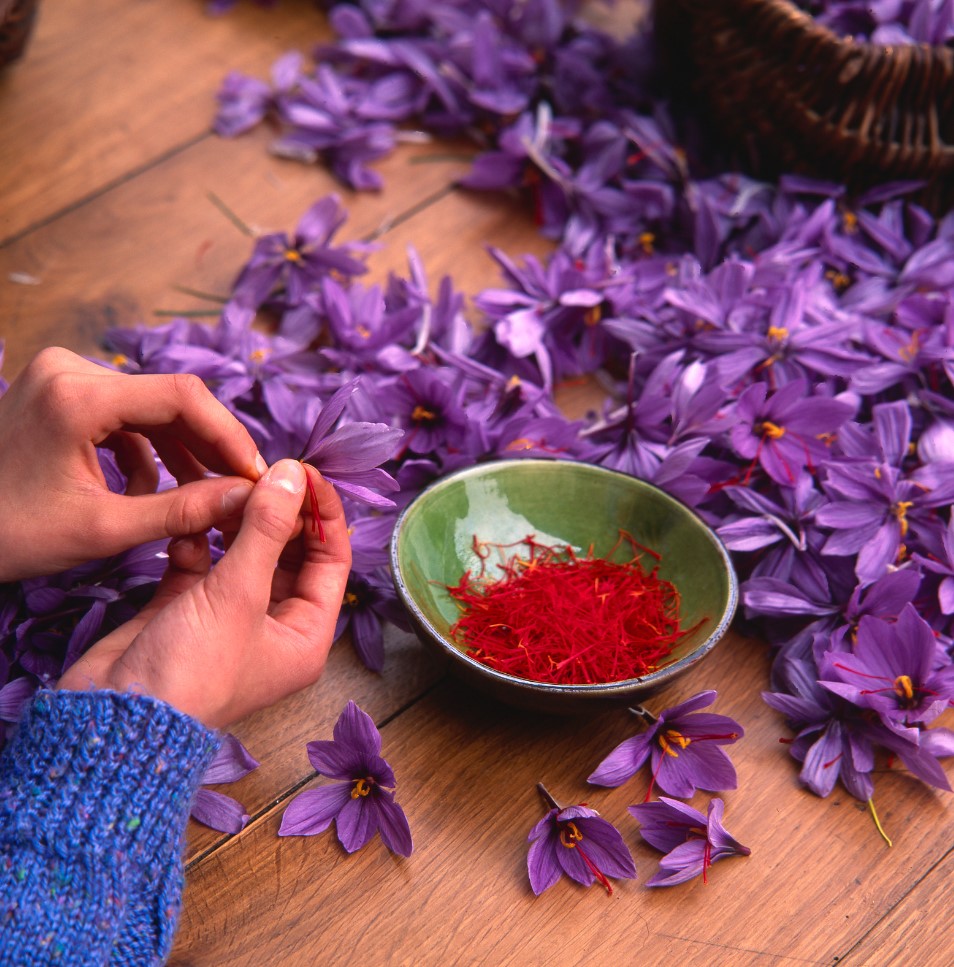
Skin Benefits 1: Saffron İs Great For Skin Brightening And Lightening
Saffron is a valuable spice beyond its wonderful taste and aroma. One of its benefits include enhancing our skin’s radiance and evening out its complexion. In this blog post, we will discuss how saffron can help with skin brightening and lightening.
Saffron’s exfoliating and cleansing properties can keep our skin blemish-free and bright. Using saffron-infused skincare products or creating your own saffron mask can help bring back your skin’s glow. Plus, it can aid in reducing signs of aging and sun damage with its antioxidant content.
- Saffron-infused olive oil can be used as a moisturizer to improve skin texture and complexion.
- Mixing saffron with milk can create a face mask that brightens dull and tired-looking skin.
- Saffron’s anti-inflammatory properties can also help soothe skin irritation and redness.
However, it is essential to note that the high cost of saffron may lead to counterfeit or dilution of the spice. It is best to purchase saffron from reputable sources and double-check the product’s authenticity before use.
Overall, saffron can provide a natural way to achieve brighter, clearer, and younger-looking skin. So, for those looking for a new skincare ingredient to incorporate into their routine, saffron might be the answer.
Skin Benefits 2: Saffron Can Help Reduce Acne And Blemishes
Saffron, the golden spice with a mesmerizing aroma, has been known for its various health and skin benefits for centuries. Apart from its culinary uses, saffron has powerful medicinal properties that can enhance your overall well-being. In this article, we will discuss one of the major skin benefits of saffron – how it can help reduce acne and blemishes.
Acne and blemishes on the skin can be a frustrating and embarrassing problem for many of us. The cause of acne is generally the excess production of sebum, which clogs the pores and leads to inflammation of the skin. Saffron can help to alleviate this problem by possessing strong anti-inflammatory properties that can reduce redness, swelling, and irritation of the skin. These anti-inflammatory properties make saffron an excellent ingredient to use for reducing acne and blemishes.
The antioxidants present in saffron also help in fighting acne breakouts. The spice is rich in vitamins and minerals that can neutralize free radicals and prevent oxidative stress, which is known to trigger acne formation. Regular use of saffron in your skincare routine can, therefore, help in preventing and reducing acne and blemishes, leaving your skin clear, healthy, and glowing.
- Using a saffron face pack can do wonders for your skin. Mix a pinch of saffron with honey and sandalwood powder and apply it on your face. Leave it on for 10-15 minutes and then rinse it off with lukewarm water. You can repeat this once a week for smooth and clear skin.
- You can also use saffron water as a natural toner for your skin. Soak a few strands of saffron in water overnight and use the water as a toner in the morning. Regular use of saffron toner can help in reducing acne and blemishes.
| Saffron Face Mask Recipe | Ingredients: |
|---|---|
| Saffron | 1 pinch |
| Honey | 1 teaspoon |
| Sandalwood powder | 1 tablespoon |
| Instructions: | |
| Mix saffron, honey, and sandalwood powder in a bowl to form a paste. | |
| Apply the paste on your face and leave it on for 10-15 minutes. | |
| Rinse it off with lukewarm water. |
In conclusion, saffron is an all-natural, versatile spice that offers numerous benefits for the skin. Its anti-inflammatory and antioxidant properties make it an excellent ingredient for reducing acne and blemishes. By incorporating saffron into your skincare routine, you can achieve clear and healthy-looking skin. So go ahead, give it a try, and experience the wonders of saffron!
Skin Benefits 3: Saffron Can Help Promote Hair Growth And Prevent Hair Loss
Saffron has been used for centuries not just for culinary purposes but also for beauty treatments. One of the most popular uses of saffron in beauty is for promoting hair growth and preventing hair loss. It is enriched with antioxidants and vitamins that are essential for healthy hair growth.
Hair loss can be caused by various factors such as pollution, stress, hormonal imbalances, and genetics. To deal with this issue, saffron can be an effective solution. It contains compounds like crocin and safranal that increase the blood circulation in the scalp which stimulates hair growth.
- Saffron promotes hair growth by creating a healthy environment for hair follicles to thrive in. It nourishes and strengthens the hair from the roots which leads to longer and stronger hair.
- Saffron also contains antifungal and antibacterial properties which helps in preventing scalp infections like dandruff that can cause hair loss.
| How to use saffron for hair growth? |
|---|
| 1. Mix saffron with olive oil and massage it onto your scalp. Leave it on for an hour and then wash it off with a mild shampoo. |
| 2. Boil saffron in water and let it cool. Once cooled, apply it on your scalp and hair. Rinse off after 20 minutes. |
| 3. Mix saffron with yogurt and apply it on your hair. Leave it on for 30 minutes and rinse it off with water. |
Saffron is a natural ingredient that can help in promoting hair growth and preventing hair loss. It has been used for centuries and is still widely used today. By incorporating saffron in your hair care routine, you can reap the benefits of this versatile spice and achieve healthy, strong, and luscious hair.
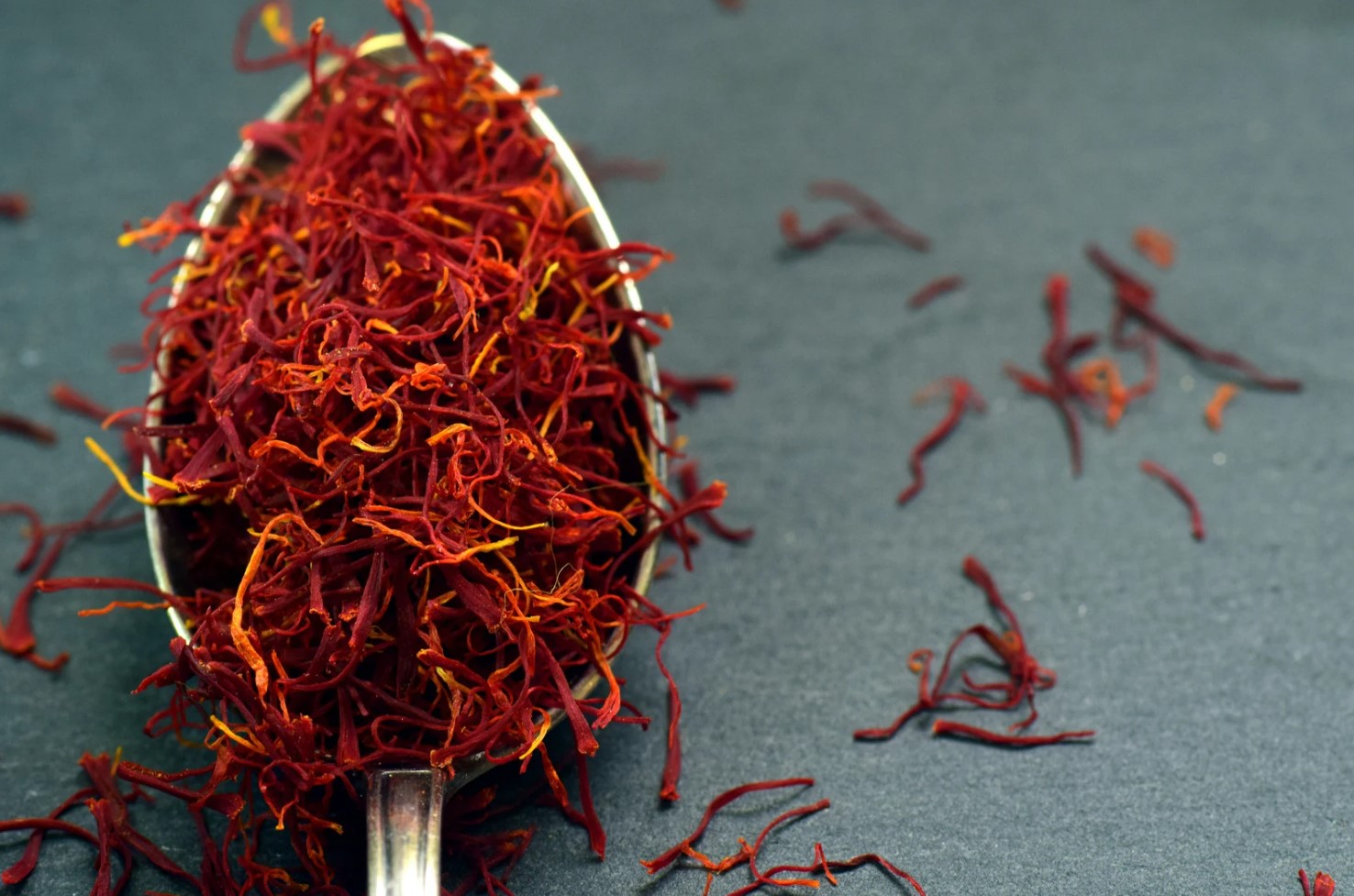
Culinary Benefits 1: Saffron Enhances The Taste And Aroma Of Food
Saffron is a prized spice that is used in many culinary dishes around the world. It is known for its distinct flavor and aroma that can add depth and complexity to a dish. Saffron is harvested from the saffron crocus plant and is hand-picked by skilled farmers. This spice is known for its many health benefits and is a great source of antioxidants and vitamins. In this blog post, we will explore the culinary benefits of saffron and how it can enhance the taste and aroma of food.
The use of saffron in culinary dishes is not new. This spice has been used for centuries in many cultures and is still a staple in many kitchens around the world. Saffron is used in a variety of dishes, from sweet to savory, and can add a unique flavor and aroma to any dish. It is often used in rice, soups, stews, and curries. Saffron can also be used in desserts, such as ice cream and cakes, to add a subtle floral flavor.
One of the main culinary benefits of saffron is its ability to enhance the taste and aroma of food. Saffron has a unique flavor that is both sweet and savory, with a slightly floral taste. It adds a depth and complexity to dishes that cannot be achieved with other spices. Saffron is also known for its aroma, which can be described as slightly honey-like with a hint of grass. This aroma can add a subtle fragrance to dishes that can create a sensory experience for those eating the food.
| Saffron Rice Recipe | |
| Ingredients: | |
| 1 cup basmati rice | 2 cups water |
| 1 tsp saffron threads | 1 tbsp butter |
| Salt to taste | |
| Directions: | |
| 1. Rinse the rice and soak it in water for 30 minutes. Drain. | |
| 2. In a small bowl, soak the saffron threads in 2 tbsp hot water for 10 minutes. | |
| 3. In a pot, melt the butter and add the rice. Stir for 2 minutes. | |
| 4. Add the saffron water, salt, and 2 cups of water to the pot. Bring to a boil. | |
| 5. Reduce heat to low and cover the pot with a lid. Cook for 15-20 minutes until the rice is done. | |
| 6. Fluff the rice with a fork and serve. |
Another benefit of saffron is that it is packed with antioxidants and vitamins. These can have a positive effect on your overall health and well-being. Saffron is also known to have anti-inflammatory properties, which can be beneficial in preventing and treating certain diseases.
Overall, saffron is a versatile spice that can be used in a variety of dishes to enhance the taste and aroma. It is a healthy spice that is packed with antioxidants and vitamins, and is known for its anti-inflammatory properties. If you haven’t tried saffron in your cooking, it’s definitely worth giving it a try!
Culinary Benefits 2: Saffron Can Be Used İn A Variety Of Dishes
Saffron is a spice that has been used for thousands of years not only for its distinct flavor and aroma, but also for its numerous health benefits. While it is commonly known for its use in traditional dishes, saffron is also used in numerous other culinary applications. Let’s explore some of the culinary benefits of saffron and how it can be used in a variety of dishes.
Saffron adds flavor and fragrance to dishes: One of the main culinary benefits of saffron is its ability to enhance the taste and aroma of a dish. Its unique flavor profile is characterized as being slightly sweet, floral, and earthy. And because it only takes a little bit of saffron to add a lot of flavor, it can be an impactful spice to use. Saffron is commonly used in dishes such as biryani, paella, and risotto to name a few.
- Biryani: A fragrant rice dish originating from the Indian subcontinent, biryani is known for its rich flavor and aroma. Saffron is a key ingredient used to infuse the rice with its distinct flavor and color.
- Paella: A Spanish rice dish, paella is made with saffron-infused rice mixed with various meats or seafood, vegetables, and beans. The saffron adds a deep golden hue and unique flavor to the dish.
- Risotto: An Italian dish made with arborio rice, risotto is known for its creamy, velvety texture. Saffron is added to give the dish a subtle flavor and rich color.
Saffron can be used in sweet dishes: Another interesting culinary benefit of saffron is that it can be used in sweet dishes as well. Saffron’s unique flavor profile is versatile, making it suitable for use in a wide range of desserts and confections. Some examples of sweet dishes that use saffron include saffron-flavored ice cream, saffron-infused honey, and saffron cakes and pastries.
| Sweet Dish | Description |
|---|---|
| Saffron-Flavored Ice Cream | Infused with saffron, this ice cream has a unique flavor and aroma. |
| Saffron-Infused Honey | A sweet and flavorful condiment, saffron honey is perfect for drizzling over desserts or adding to drinks. |
| Saffron Cakes and Pastries | Saffron can be used in cakes and pastries to add a unique flavor and golden color. |
Saffron is rich in antioxidants: In addition to its flavor and aroma, saffron is also packed with various nutrients and antioxidants that can help boost overall health. It is a good source of vitamin C, magnesium, and manganese, all of which can help support healthy immune function and reduce inflammation in the body.
Overall, saffron is a versatile spice that can be used in a variety of dishes, both sweet and savory. From enhancing the flavor and aroma of traditional dishes to being used in unique desserts, saffron is a valuable ingredient to have in any kitchen. So, next time you are looking to add some flavor to your dishes or trying out a new recipe, consider using saffron for its culinary benefits.
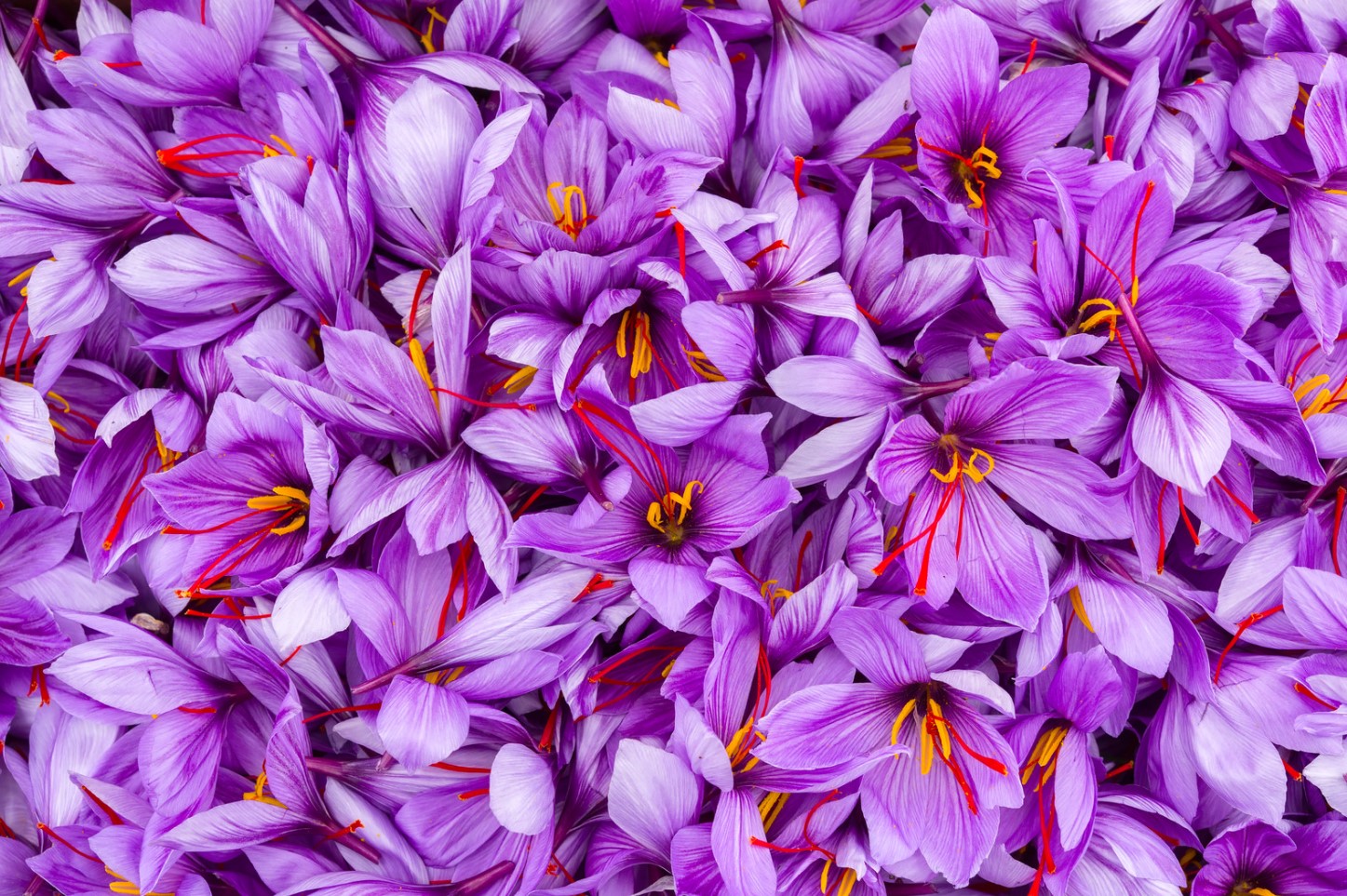
Culinary Benefits 3: Saffron İs Packed With Antioxidants And Vitamins
Saffron is a widely used spice around the world, known for its unique flavor, color, and aroma. However, its popularity is not just limited to its culinary properties. Saffron is also rich in antioxidants and vitamins, making it a great addition to any diet.
Antioxidants are important for our body as they help neutralize free radicals and protect our cells from damage. Saffron contains a variety of antioxidants, such as crocin, crocetin, and kaempferol. These compounds not only help prevent cell damage but also reduce inflammation and improve cardiovascular health.
- Incorporating saffron into your diet can help:
- Boost your immune system and protect your body from infections
- Improve your mood and reduce stress
- Prevent age-related macular degeneration and improve vision
- Lower cholesterol levels and reduce the risk of heart disease
In addition to antioxidants, saffron is also rich in vitamins, such as vitamin C and vitamin B6. These vitamins help maintain healthy skin, hair, and bones, and improve immune function. Vitamin B6 is also important for brain development and function, making saffron a great spice for cognitive health.
| Antioxidant | Benefits |
|---|---|
| Crocin | Prevents cell damage, reduces inflammation, and improves cardiovascular health |
| Crocetin | Protects cells from oxidative stress and improves brain function |
| Kaempferol | Reduces inflammation and improves heart health |
Overall, saffron is not just a flavorful spice but also a powerhouse of nutrients. Its antioxidant and vitamin content makes it an ideal addition to any diet, whether you use it in savory dishes or sweet treats. So, next time you reach for this spice, remember its numerous health benefits!
Cultural Significance 1: Saffron İs A Part Of Many Traditional Dishes
Saffron, the crimson hued spice, has been used extensively in many traditional dishes around the world. In fact, saffron is one of the most expensive spices in the world, making it a prized ingredient in a variety of cuisines. The bright red color, strong flavor, and rich aroma make it a popular choice for enhancing both the taste and the look of dishes.
Many cultures have been using saffron for centuries in their traditional dishes. From Spanish paella to Indian biryani, saffron is an integral part of many cuisines. In India, saffron is used in milk-based desserts such as kulfi and rabri, as well as in savory dishes such as pulao and kebabs. In the Middle East, saffron is used in rice dishes, soups, and stews, such as the popular dish, Persian jeweled rice. Similarly, in Europe, saffron is used in a variety of dishes such as bouillabaisse in France, saffron risotto in Italy and saffron buns in Sweden.
- The usage of saffron in these traditional dishes is an important aspect of the cultural significance of this spice.
- Many of these dishes have been passed down from generation to generation, and the inclusion of saffron in them is a testament to the importance it holds in the cuisine of that community.
- Moreover, the rarity and cost of saffron have made it a luxury ingredient, which adds to the grandeur of these traditional dishes that are often reserved for special occasions.
The cultural significance of saffron goes beyond just its usage in dishes. It has also been associated with wellness and well-being in many communities. In traditional Chinese and Ayurvedic medicine, saffron has been used for its therapeutic properties. It is believed to have a calming effect on the mind and body, and is used to treat conditions such as depression and anxiety.
Overall, saffron’s cultural significance stems from its unique characteristics such as its rich flavor, aroma, and vibrant color. Whether it’s used in a sweet or savory dish, the addition of saffron has the ability to elevate the flavors and make the dish more indulgent. Saffron is truly a versatile spice that has been an integral part of cultures and cuisines for centuries.
Cultural Significance 2: Saffron Has Been Used İn Medicine For Centuries
Saffron, also called red gold, is a precious spice that has been valued for its medicinal and culinary properties for thousands of years. It’s no wonder that it’s considered the most expensive spice in the world. One of the most remarkable aspects of saffron is its cultural significance. Throughout history, saffron has been used not only in the culinary arts but in traditional medicine as well.
Saffron has been used in medicine for centuries due to its medicinal properties. It is particularly known for its ability to boost mood, reduce anxiety, and alleviate depression. Additionally, saffron has been used to improve digestion, reduce inflammation, and fight illness. In traditional Persian medicine, saffron has been used as a natural remedy for everything from headaches to heart disease.
- Saffron is believed to have anti-inflammatory and anti-oxidant properties which make it particularly useful in the treatment of various skin disorders.
- The spice is also known to have anti-cancer properties, thanks to its high levels of carotenoids and other antioxidants
- Taking saffron supplements may help alleviate symptoms of PMS in women, such as mood swings, cramps, and irritability
Even today, saffron’s uses in medicine continue to be researched and discovered. In fact, many modern studies suggest that saffron may be a useful adjunct treatment for a variety of ailments.
There is no doubt that saffron has been a significant part of traditional medicine and continues to be used by many today for its medicinal properties. As more people continue to discover the many health benefits of this amazing spice, we may begin to see it used even more widely in the world of modern medicine.
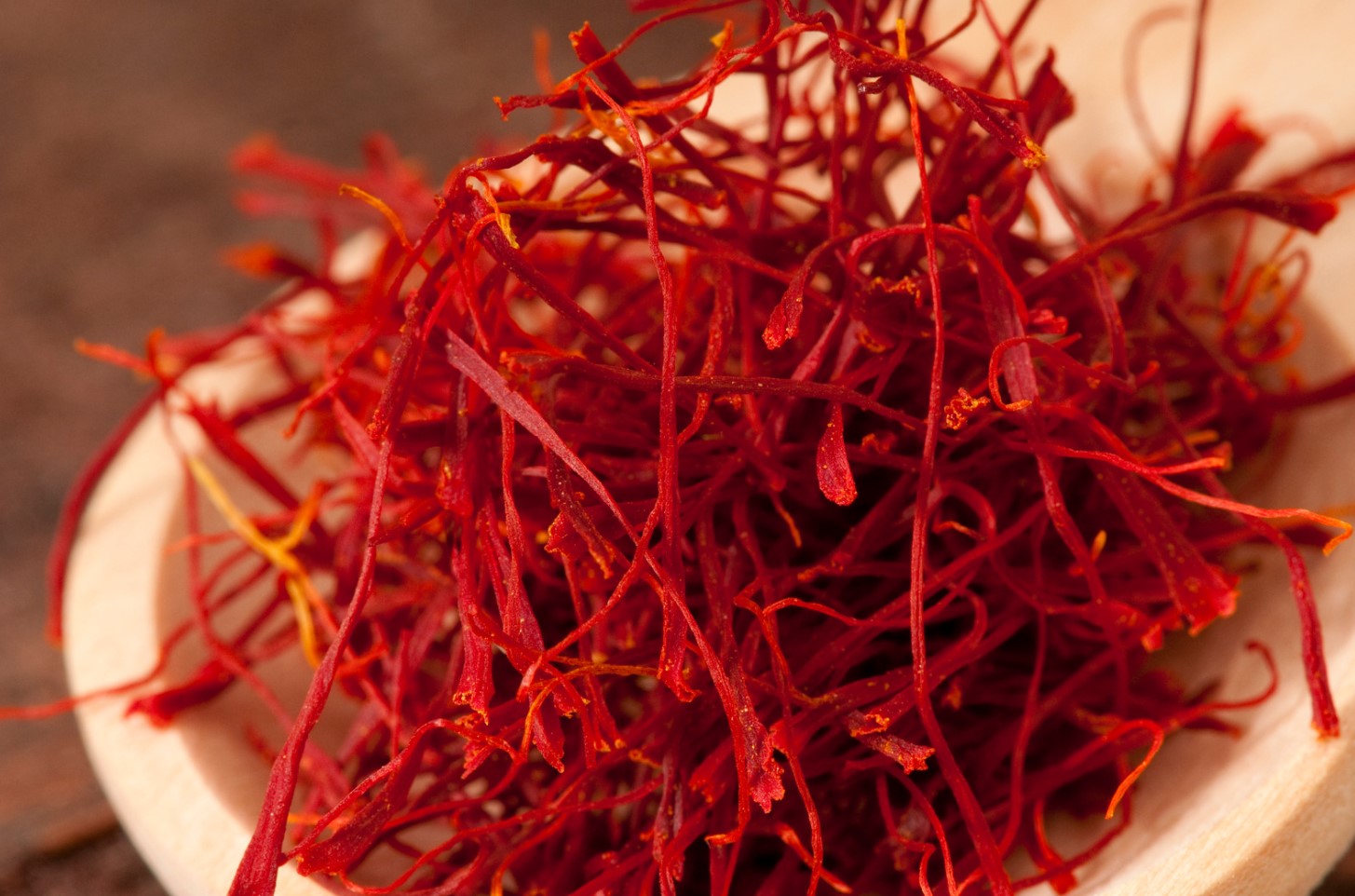
Cultivation And Harvesting 1: Saffron İs Harvested By Hand
Saffron is one of the most expensive spices in the world, and it is so because it requires immense effort to harvest. Unlike other spices that can be harvested using machines or tools, saffron is harvested by hand. The reason for this is that the saffron crocus flower is fragile and delicate, and any kind of force could damage it permanently. The harvesting process of saffron is an age-old tradition that has been passed down from generation to generation for centuries.
When saffron crocus blooms in the autumn, it is time to harvest its beautiful and delicate stigma. The stigmas inside the flower need to be picked by hand, one by one. This requires a lot of patience, skill, and attention to detail. The harvesters need to be extremely careful when picking the stigma to avoid damaging the flower. The saffron flower contains only three stigmas, and each stigma is around 2 to 3 cm long. Hence, it takes about 150 flowers or more to yield just one gram of saffron.
The harvesters need to wake up early in the morning, before the flowers bloom, to start picking the stigma. They work tirelessly for hours, plucking out each stigma with utmost care. They use curved knives and tweezers to make sure that the stigmas are not broken or damaged. This is why the process of harvesting saffron is a time-consuming and strenuous task. But it is also a task that requires great love and dedication for this precious spice.
| Pros | Cons |
|---|---|
| Hand harvesting saffron ensures the highest quality of saffron. | Hand harvesting is a lot more expensive and time-consuming than using machines. |
| Hand harvesting saffron helps preserve the local culture and traditions. | Hand harvesting requires a lot of skill and experience, which is hard to find nowadays. |
| Hand harvesting provides a source of livelihood for many people in saffron-growing regions. | Hand harvesting can be physically demanding and backbreaking work. |
Despite the challenges, the harvesters continue to harvest saffron by hand, as it is the only way to produce the highest quality saffron. Harvesting saffron is not just a job, but a way of life for many people in saffron-growing regions. The saffron harvested with love and care is not just a spice that adds flavor and aroma to food, but also a symbol of the rich traditions and culture of the community.
Cultivation And Harvesting 2: Saffron Requires Extreme Care And Attention
If you’re a food lover, then you must have heard of saffron. It’s one of the most expensive spices in the world, and it’s not hard to see why. Saffron is a beautiful and delicate spice that gives dishes a distinct flavor and aroma. However, growing and harvesting saffron is no easy task. Harvesting saffron requires extreme care and attention from farmers to get the best yield possible.
Why is saffron so expensive? One of the main reasons is that it takes a lot of time and effort to harvest. Each saffron flower only produces three stigmas, which are the parts of the flower that are used to create the spice. These delicate stigmas must be carefully plucked by hand and separated from the rest of the flower. It takes about 150 flowers to produce just one gram of saffron, which is why it’s so expensive.
Saffron also requires specific growing conditions. It’s usually grown in areas with a Mediterranean climate, where the winters are mild and the summers are hot and dry. The soil must be well-drained and rich in nutrients. Saffron is usually grown in fields that have been previously used for other crops, as the soil needs to be well-rested.
| Growing Conditions for Saffron |
|---|
| Climate: Mediterranean |
| Soil: Well-drained, nutrient-rich soil |
| Location: Areas with mild winters and hot, dry summers |
During the growing season, saffron plants need to be well-nurtured. They require regular watering, fertilization, and pruning to ensure healthy growth. This is where the extreme attention and care come into play. Saffron farmers must keep a close eye on their crops throughout the growing season to ensure that they’re healthy and producing high-quality stigmas.
Once the saffron flowers are ready to be harvested, farmers must act quickly. The flowers only bloom for a few days, so the stigmas must be carefully plucked as soon as possible. This is usually done early in the morning when the flowers are still closed, as this is when the stigmas are at their most potent.
Harvesting saffron is a time-consuming and labor-intensive process, but it’s worth it. The end result is a beautiful, delicate spice that adds flavor and aroma to any dish. If you’re lucky enough to try saffron, you’ll understand why it’s such a prized spice around the world.
Conclusion: Saffron İs A Versatile And Healthy Spice.
After exploring the various health benefits, skin benefits, culinary benefits, cultural significance, and cultivation and harvesting of saffron, it is clear that this spice is truly versatile and healthy. Saffron has been used for centuries in traditional dishes and medicine, and for good reason. Its high concentration of antioxidants and vitamins make it a natural and effective way to improve mood, memory, and combat several symptoms of depression.
Furthermore, saffron has a positive impact on skin health, as it can brighten and lighten dull skin while also reducing acne and blemishes. For those concerned about hair loss or promoting hair growth, saffron is a natural remedy that can be used for these purposes.
From a culinary standpoint, saffron enhances the taste and aroma of food, making it a popular spice in many dishes. Additionally, the hand-harvesting and extreme care required to cultivate saffron make it a valuable and highly sought-after spice.